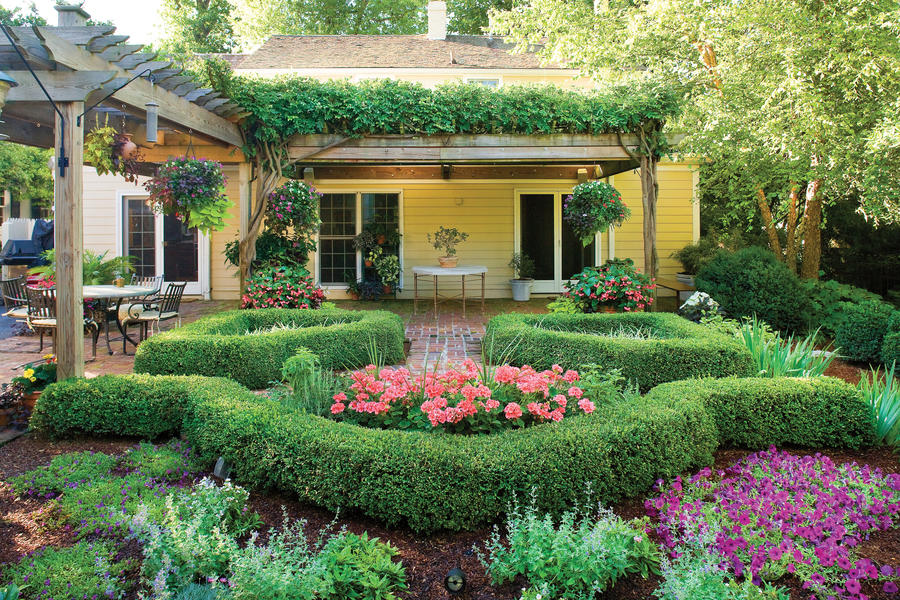Designing a scenery that not just beautifies your home and also supports wildlife is more important. As more people look to their outdoor spaces for relaxation and pleasure, there's a growing desire to develop environments that draw birds and insects. Adding features that welcome these creatures not only enhance the beauty of your property but also contributes to the well-being of local environments.
In this article, we will discuss the practice of landscaping for wildlife, focusing on how the best design decisions can bring nature closer to home. Beginning with picking native plants to designing water features, we will dive into hands-on tips and sustainable practices that assist foster a thriving habitat for birds and pollinators. Regardless of whether you're a veteran gardener or a beginner, you'll find helpful insights that transform your outdoor space into a refuge for wildlife, promoting a lively and diverse environment.
The Benefits of Expert Landscaping
Putting money in expert landscaping can substantially enhance the aesthetic appeal of your property. A thoughtfully arranged landscape not only improves your outdoor space and also creates a welcoming atmosphere for both the residents and visitors. Professional landscapers have the expertise and expertise to select plants and design layouts that match the look of your home or business, ensuring a cohesive and pleasing appearance.
One more advantage of hiring a landscaping service is the functionality it brings to your outdoor space. Professionals know how to create usable areas that meet your lifestyle needs, whether it’s a space for hosting guests, unwinding, or landscaping. They also have the equipment and knowledge necessary to implement features such as sprinkling systems, lighting, and pathways that enhance usability while upholding the beauty of your yard.
Additionally, professional landscaping can raise the value of your property. Homes and businesses with carefully tended landscapes are often more attractive to potential buyers, and research have shown that superior landscaping can lead to higher appraisal values. This expenditure not only enhances your immediate enjoyment of the space but also provides long-term financial benefits, making it a prudent choice for property owners and commercial property owners alike.
Sustainable Landscaping Methods
Eco-friendly landscaping is about creating a garden that not only improves aesthetics but also supports the environment. By using local plants, which are suited to the local climate and soil conditions, homeowners can create a flourishing ecosystem that requires minimal water and low maintenance. Indigenous plants provide essential habitats for native wildlife, including avian species and bees, making your landscape a refuge for these species. This approach reduces the need for chemical nutrients and pesticides, encouraging better soil and flora in your yard.

Adopting water-saving practices is another cornerstone of sustainable garden design. Techniques such as xeriscaping focus on designing landscapes that require minimal irrigation, helping save water. Creating rain gardens and permeable paving can efficiently manage stormwater runoff, preventing erosion and reducing the risk of flooding. By designing for efficient water use, homeowners not only help environmental sustainability but also reduce on water costs over the long run.
Moreover, embracing eco-friendly resources and maintenance methods supports a healthier planet. For instance, using organic fertilizers and natural pest control techniques can improve plant health without adding toxic chemicals into the environment. Recycling yard waste improves the soil and minimizes the requirement for synthetic products. By focusing on these eco-friendly practices, you can create a beautiful garden that thrives while positively impacting regional ecosystems and creating a more sustainable future.
Attracting Creatures to Your Garden
Establishing a wildlife-friendly garden begins with picking the best plants that offer food, refuge, and nesting areas for various species. Select local plants that are adapted to your local climate and soil, as these will attract local avian species, pollinators, and butterflies more effectively than foreign types. Including a varied range of blooming plants will guarantee you have blooms throughout the seasons of the year, providing crucial resources for pollinators whenever they are active.
In addition to plant selection, think about incorporating items like houses for birds, bat houses, and bee habitats into your landscaping. These items offer protected areas for wildlife to live and can contribute to enhance species variety in your green space. outdoor lighting , such as baths for birds or mini ponds, not only beautify the appearance of your outdoor area but also offer an essential resource for birds and other wildlife, especially during times of dryness.
Ultimately, minimizing toxic use and selecting organic gardening techniques will create a healthier habitat for good insects and wildlife. By utilizing a green approach to garden care, you can support maintain the local environment while appreciating the lively life that thrives in your garden. Establishing a nurturing habitat for wildlife not only supports ecological diversity but also improves the overall enjoyment and visual appeal of your landscape.
